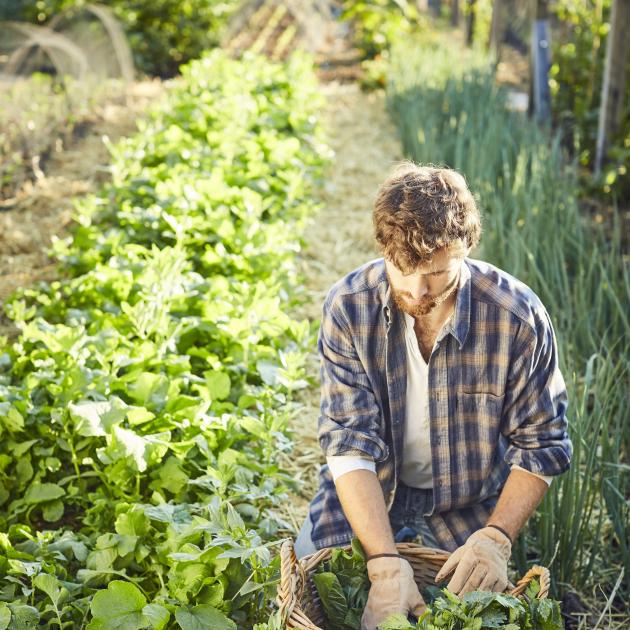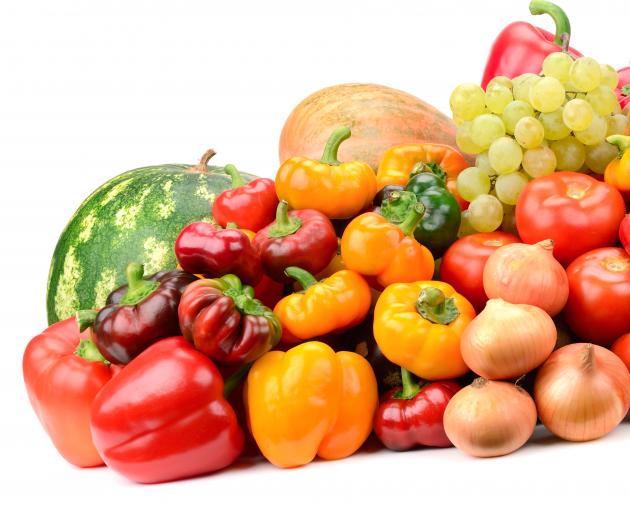
Isn't it time we started talking about food? asks Sean Conelly.

Questions like these are at the heart of any attempt to create a just and sustainable food system.
The answers are not straightforward. Advocates for change come from a variety of different positions, with a wide range of perspectives. While environmentalists, local food businesses, farmers, community organisations, public health officials, local councils and eaters may agree on the need to change aspects of the food system, bringing these diverse stakeholders together to work on that change is more difficult.
One solution that has proven to be effective in building momentum, mobilising action and prioritising efforts is through local government-led food charters. The first food charters were developed in the late 1990s and early 2000s as local governments in North America and Europe realised the need for a more co-ordinated approach to food policy to address food security, community well-being and the environment.
They are intended to be a statement of the common goals, objectives and aspirations for food system change and to outline the principles that a broad cross-section of individuals and organisations can use to guide their actions. Individuals and organisations then sign-up to the food charter to indicate their commitment to the principles and objectives for local food system change.
In a general sense, food charters are intended to do four things:
First, they activate civic engagement around food, as people discuss and think about food differently in their particular context.
Secondly, the process of developing and implementing a food charter facilitates collaboration by bringing together diverse people and organisations who might not otherwise collaborate.
Thirdly, food charters guide local government strategy and policy and encourage different parts of government (e.g. parks, recreation, public health, planning or economic development) to think about how the decisions they make and the actions they take impact the local food system.
And finally, food charters catalyse action and hold individuals and organisations accountable. By clearly listing aspirations for food system change and the principles and values that will guide that change, a food charter offers a collection of local actions that advance the food charter goals. This provides the foundation for individuals and organisations to ask themselves and other signatories what they are doing to advance the principles and goals of the food charter.
Taken together, a food charter provides a living document of individual and organisational support for food system change. It starts from the premise that aspects of the food system are not working well for eaters, growers or the environment. These problems are complex and interdependent.
But food charters do more than simply raise awareness of problems, they also provide a clear statement of what food system change might look like and serve as a mechanism to take a broad spectrum of actions. Those actions might range from the simple act of reading and signing the charter through to taking action to implement change.
We have an opportunity to get involved in shaping what Dunedin’s food charter might look like. A draft version has been produced by Good Food Dunedin, a Dunedin City Council-led initiative, and is available on the Good Food Dunedin website (dunedinnz.com/live-and-work/good-food-dunedin).
Feedback on the draft food charter can be emailed to info@goodfooddunedin.com.
- Sean Connelly is a senior lecturer in the University of Otago department of geography. Each week in this column, one of a panel of writers addresses issues of sustainability.











